Dear Editor,
I read with much interest the article concerning the US Coast Guard Cutter, Taney and its action during the attack on Pearl Harbor, Dec 7, 1941 (July 2005 WWII History), but, I have never seen an article written about the attack on Honolulu Harbor at that time.
I was assigned to Battery F of the 55th Coast Artillery, located on Sand Island, across the bay from the Aloha Tower, Honolulu Harbor, Hawaii. Although I arrived in October 1942, the effects of the Japanese Air attacks on our island were still quite evident.
The Navy and Army units had the responsibility of protecting the entrance and tending to the submarine nets at the Honolulu Harbor. One of the first bombs dropped landed on the Navy Mess Hall, completely destroying it.
It was quite a while before the Navy was able to “mess” on their own. This caused the Navy and Army personnel to “mess” together for more than a year.
As to the attack, the Japanese planes would fly up the valley strafing the entrance to the Harbor before hitting Pearl Harbor. As a result, the Harbor was closed, sealing off anything coming in or out.
The story of my unit and the other Naval Units there has never been told. Sand Island became a fortress after the attack. Weapons from the disabled Naval ships at Pearl Harbor were dismantled and installed all over the Island of Oahu. Navy Units continued the protection all the way to Pearl Harbor and also guarded a Japanese POW camp that was located near our area.
Lt.Col. (ret) Albert Bertaccini
Dear Editor,
I liked very much the article “Soviet Circle of Iron” in WWII History, May 2006. I have read several accounts of the Battle of Stalingrad, in articles, magazine, and books. This one is very well-written, with excellent photos. I am anxiously awaiting the continuation, as the author rightly states that Operation Uranus was only the first step in the annihilation of fortress Stalingrad.
At the time of this battle, I was a teenager in Yugoslavia, a part occupied by Italy. Only the official news reports were accessible on radios; the news unfavorable to the Axis forces were gotten clandestinely, by radio, leaflets. I participated in the smuggling of these leaflets, but not that much as I was only a teenager, living at home with my parents.
The illegal activity against the occupiers started already at the end of 1941. The next year, the city, where we lived, was surrounded by barbed wire, with very limited movement of people permitted. Later that year, the razzie (the raids) by Italian military were in full swing. The soldiers came banging on doors at 3 a.m. some mornings. I was taken from my home at least five times. I was fortunate to be held in prison, for a short time, while many were taken to the concentration camps in Italy.
I recall one such raid very well. The occupiers announced there would the confiscation of all skis and winter equipment. One morning very early, the banging was the door again. The military was very stern, no questions could be asked. My mother was frightened from all the raids. She immediately gave them my skis, heavy shoes, and even blankets. These skis were nothing compared to the skis today, just worked wooden bars with simple leather attachments for heavier shoes. There was talk that these skis and many other boys were taken to equip the Italian Army in Russia.
I finished high school in mid July 1943, right after Italy collapsed. I soon left my home, never to return.
Joseph H. Kovacic
Colonial Heights, Virginia
Stuart Light Tank
Dear Editor,
I enjoyed reading about the Stuart light tank in the WWII History, March 2006 issue. I trained with the Stuart and Sherman tanks at Fort Knox during basic training. After basic training, I was assigned to a light tank (M-5A1) company in the 16th Armored Division. Thus, I immediately noticed a slight error in the description of the crew. It was indeed a four-man crew, however, the tank commander was also the loader.
In 1944, I was transferred to the Third Armored Division in Europe where I was the gunner of an M-8 recon vehicle. The vehicle has the same turret arrangement as the M-5A1 with a 37mm gun and a co-axial 0.30 caliber machine gun. Accordingly, the turret crew was the gunner and the car commander and loader.
Herbert Schwartz
Deerfield, New Jersey
Captain Forrest Biard
Dear Editor,
In reference to your story in WWII History, January 2006, “U.S. Navy Captain Forrest Biard Remembers,” I’d like you to know that Capt. Biard is not the only officer from the HYPO staff still among us. RADM MacShowers of Arlington, Virginia was in HYPO after Pearl Harbor, during the Battle of Midway, and for the duration of the war. He was the Naval Intelligence representative and consumer of the COMINT produced by this group.
Biard’s forte was as a Japanese linguist rather than a cryptanalyst. He could interpret intercepted voice transmissions and translate message intercepts that had already been decoded. He wasn’t in HYPO or FRUMEL long enough to learn anything about breaking codes. JN-25 had already been broken and its messages were being read by these two groups, as well as OP-20-G in Washington, and by the Austrailians, British, and Dutch cryptanalysts.
Capt. Biard was assigned as a Japanese linguist to the Yorktown during the battle of the Coral Sea. He vigorously argued with the Task Force commander, Rear Admiral Frank Jack, criticizing him for not taking action that Biard thought necessary. When the Yorktown returned to Pearl Harbor, Biard stormed off board and refused Admiral Fletcher’s request to support him in the upcoming Battle of Midway.
Biard was then assigned to the Naval Radio Intelligence group in Melbourne, Australia (FRUMEL) that had recently been evacuated from Corregidor. They in turn lent him to Gen. MacArthur as a linguist for the duration of the war.
William H. Price
Vienna, Virginia
NOTE: Opinions expressed in “Letters” do not represent the opinions of the writers, editors or staff of WWII History, or Sovereign Media.
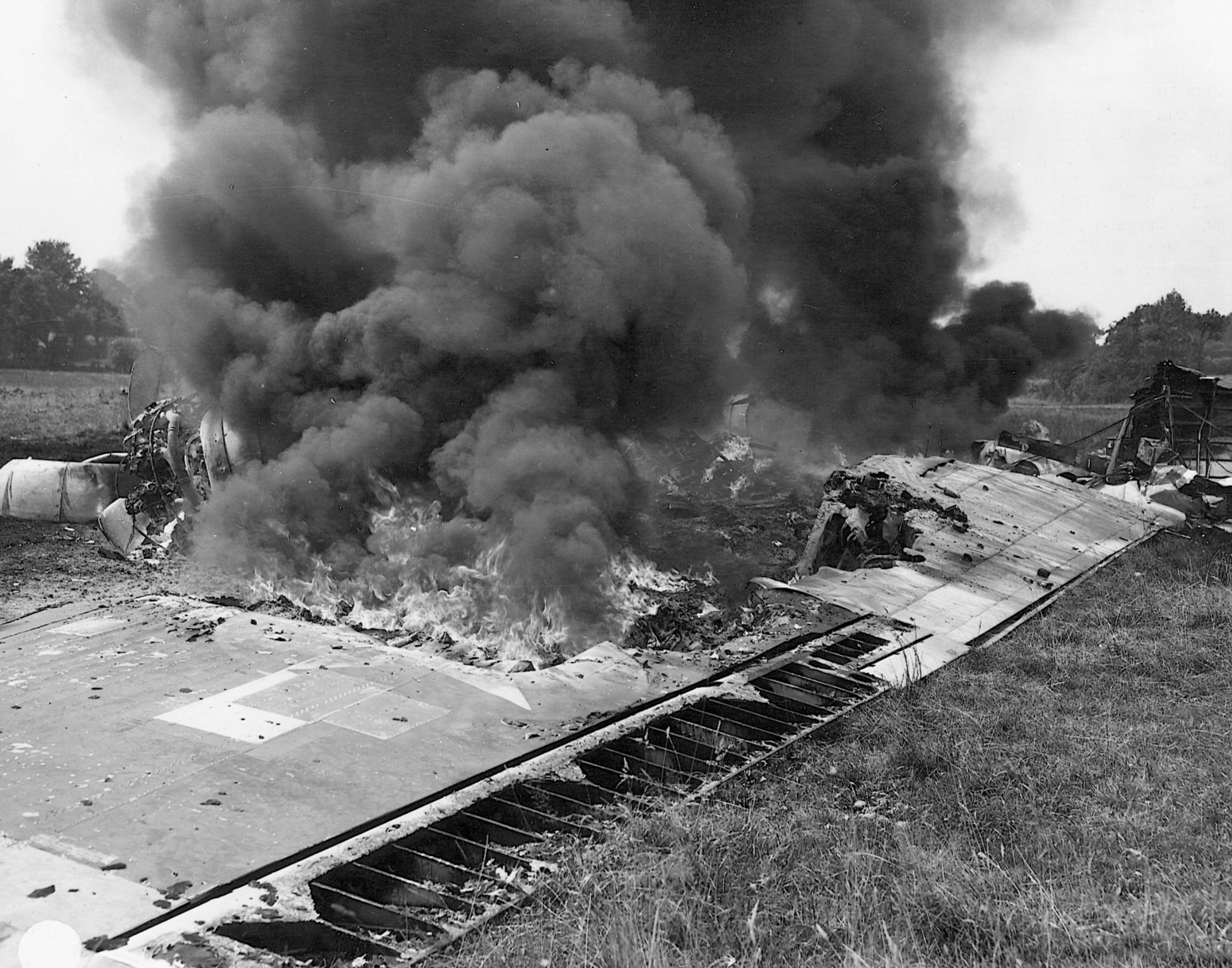
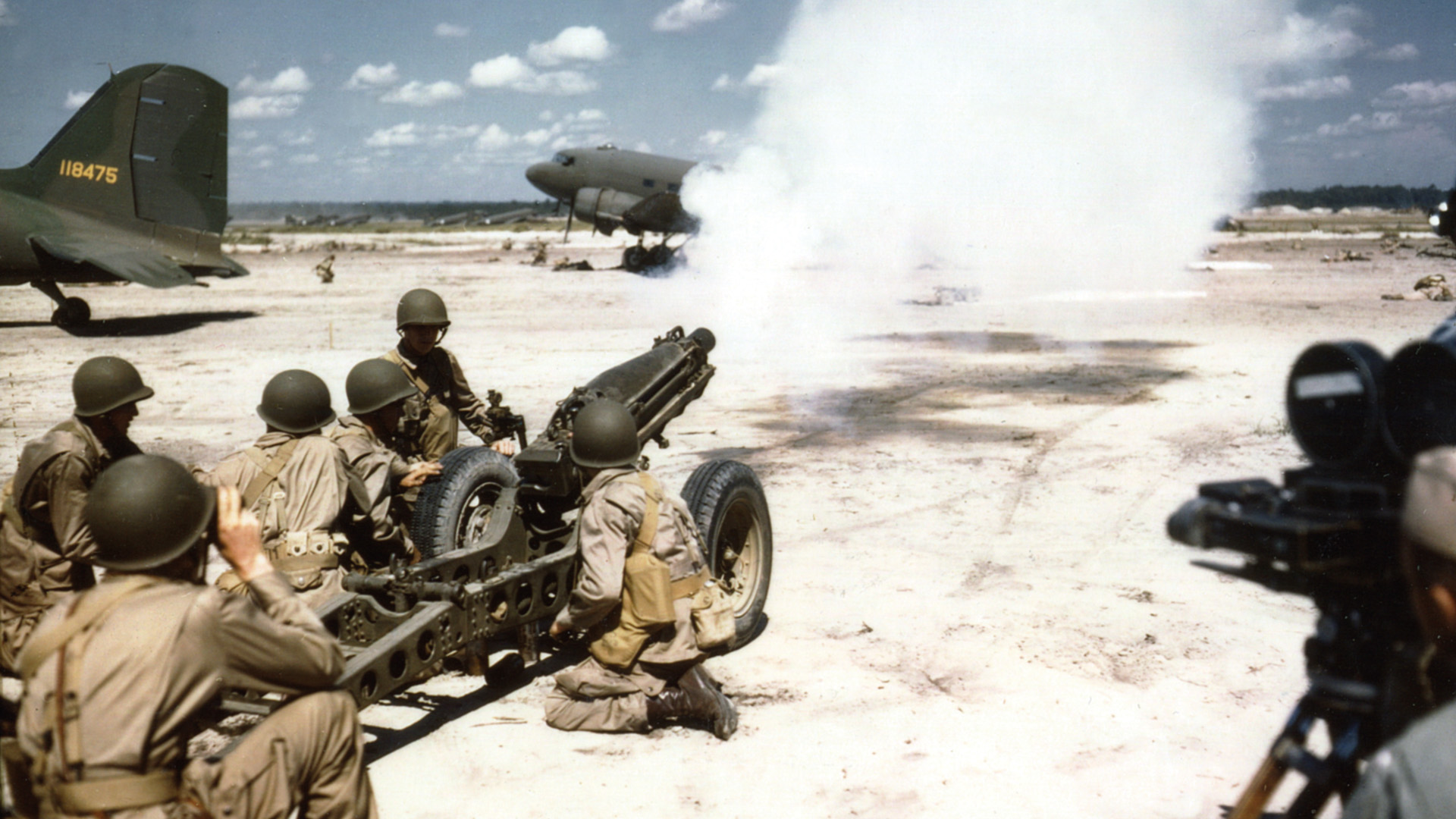
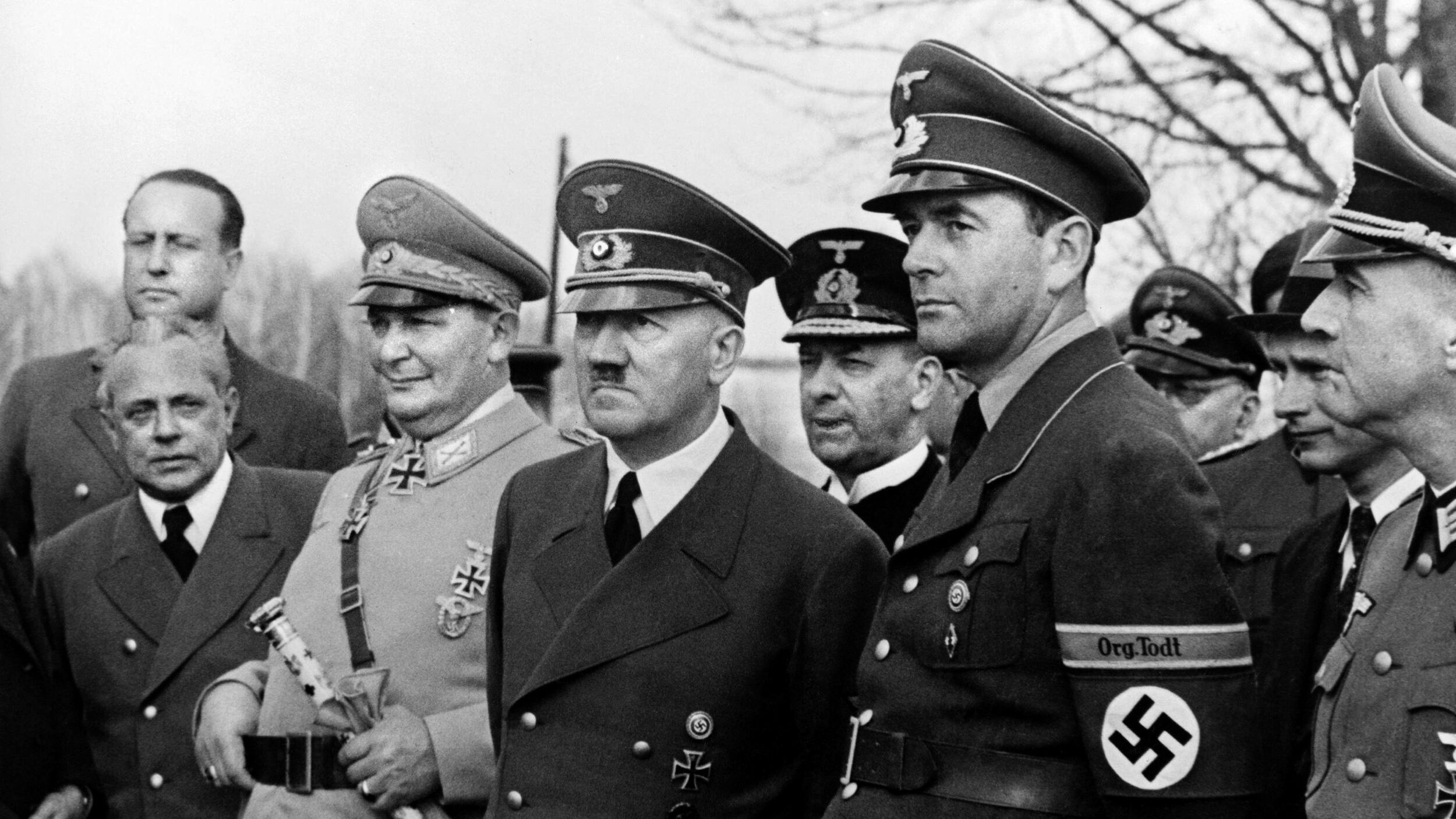
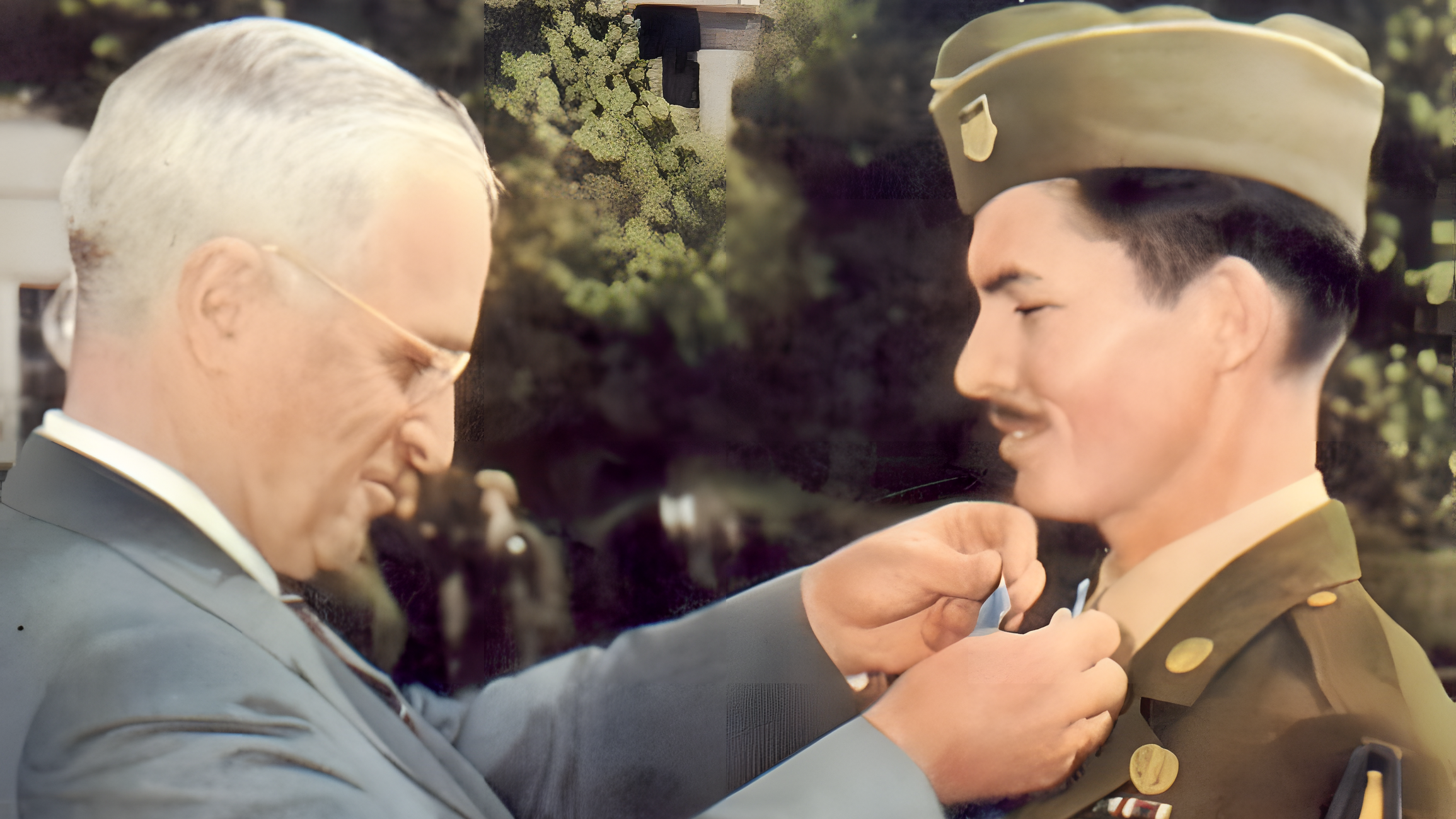
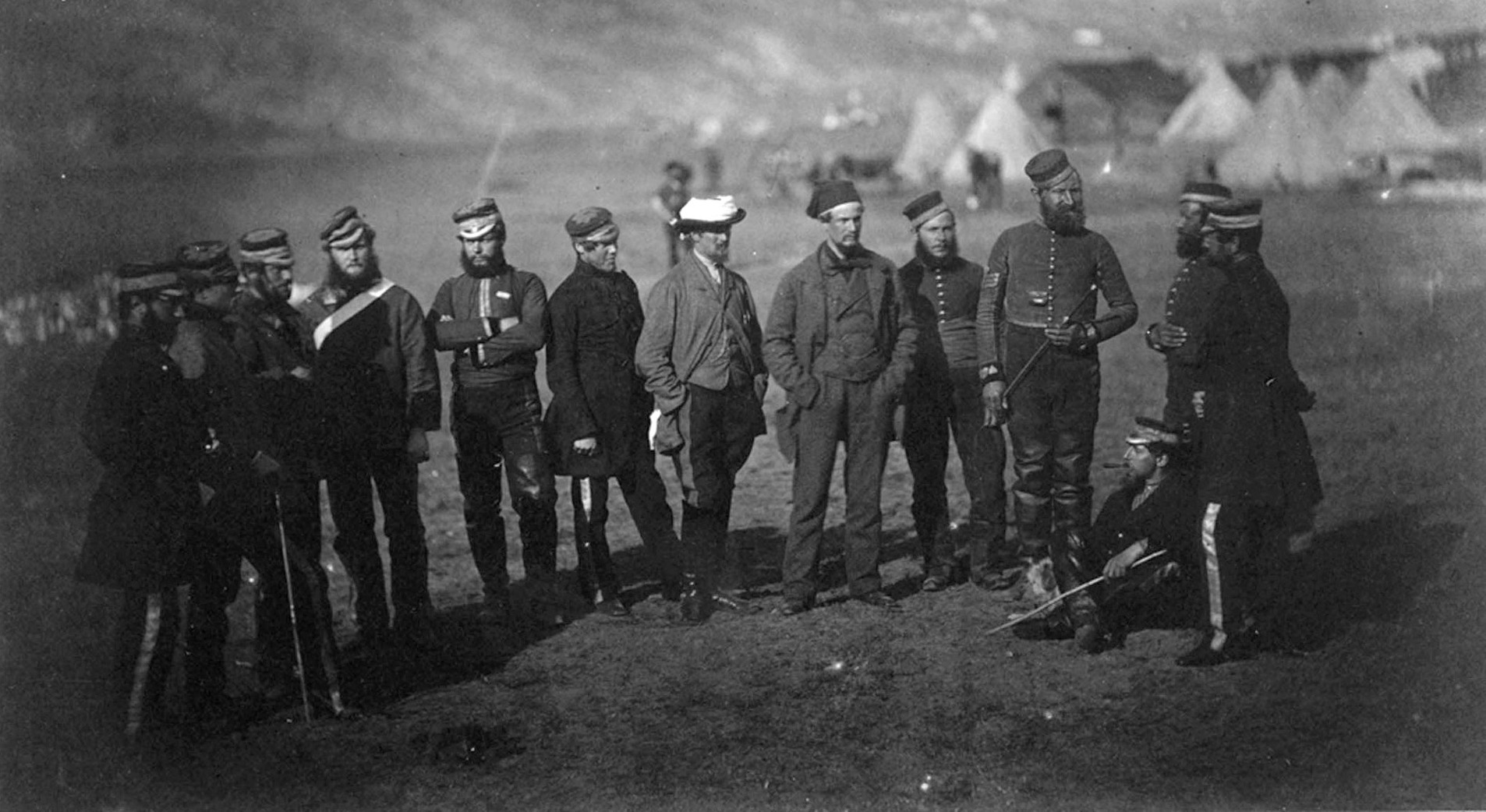

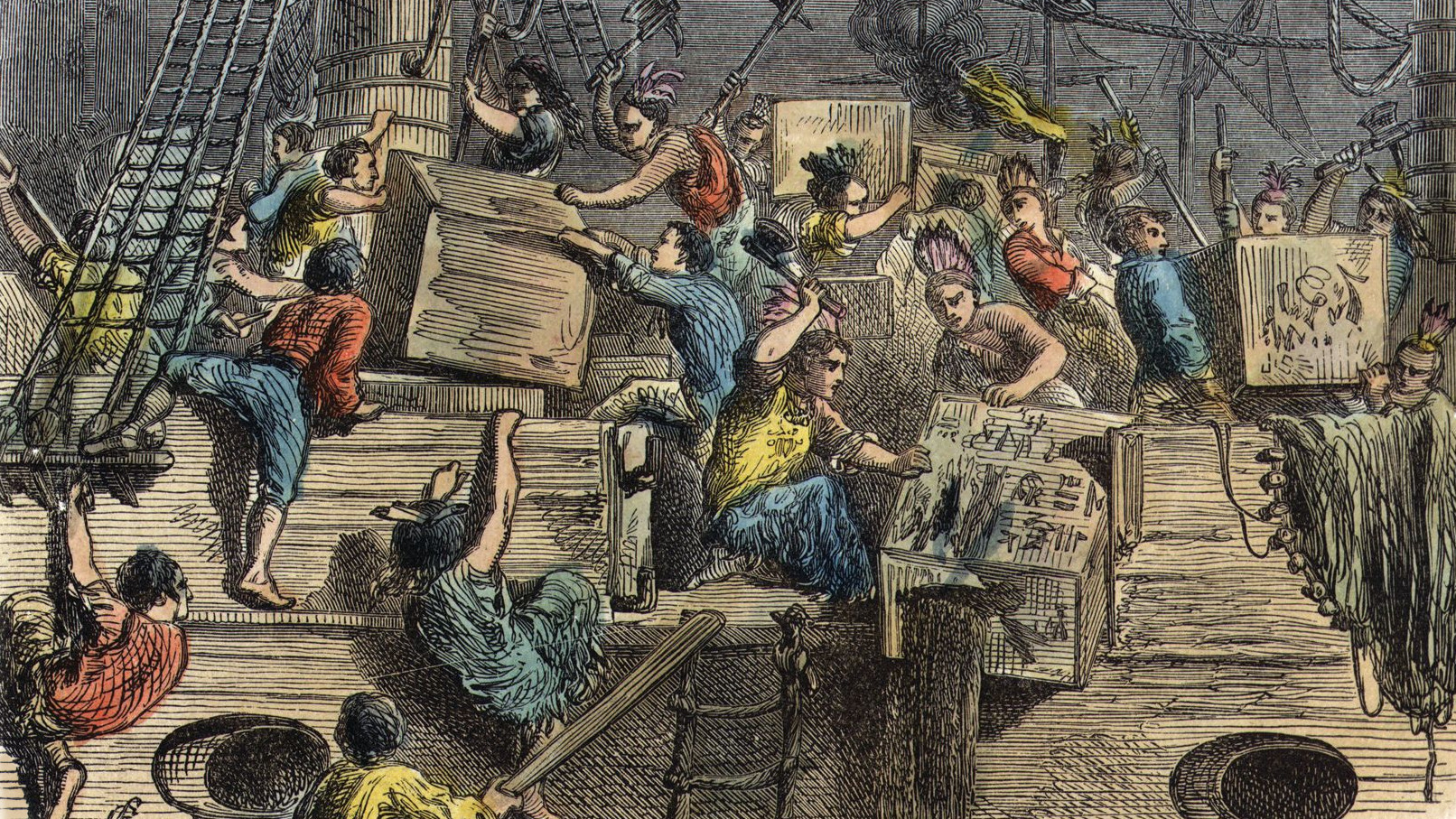
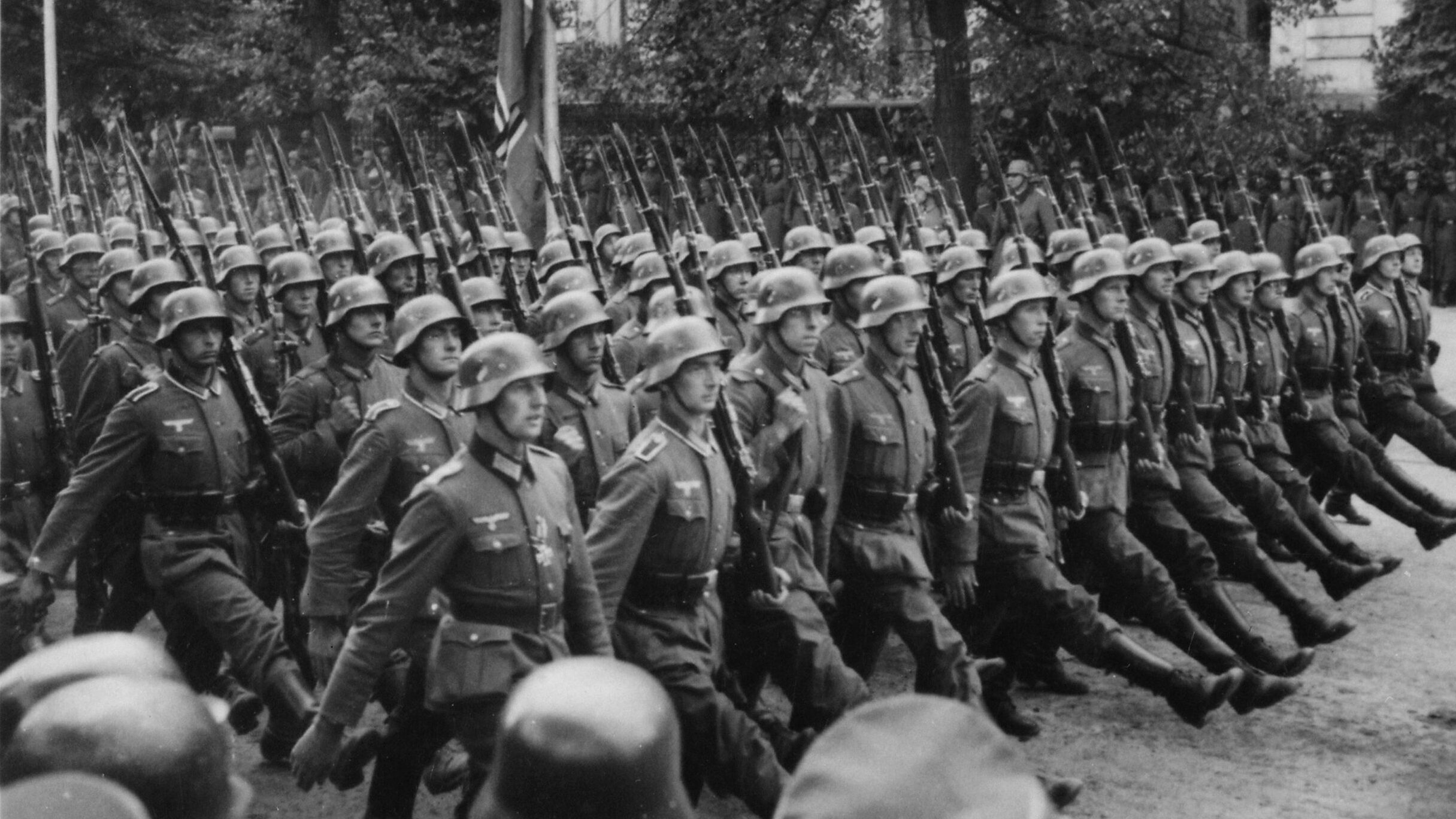
Join The Conversation
Comments
View All Comments